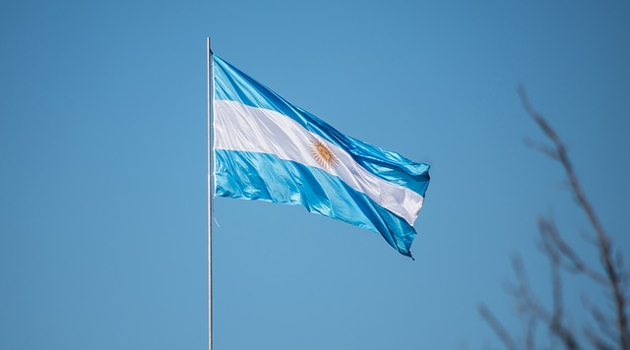The U.K.-based Economist calculated a few years ago that Taiwan has been the world’s fastest growing economy over the previous 100 years.
That’s not a big surprise since it started poor and is following the tried-and-true recipe for becoming rich.

Meanwhile, the world’s worst-performing economy over the same period has been Argentina.
And it seems that may be the case for the next 100 years (though Venezuela will be a strong contestant for that ignoble achievement).
Mary Anastasia O’Grady warns in her Wall Street Journal column that Argentina is on the verge of another economic meltdown.
Margaret Thatcher famously quipped that the trouble with socialism is that “you eventually run out of other people’s money.” …Argentina’s central bank is printing more pesos than the market wants to hold because the government, which is broke, needs them to pay its bills. This isn’t new in Argentina. Successive governments have generated repeated bouts of high inflation for decades. …Capital controls exacerbate shortages of hard currency. …Stagnating Argentine economic growth is no mystery. …On Aug. 13 Argentines vote in primaries for presidential candidates, and this issue is front and center. Yet promises of a cure are short on details, probably because it would mean upending the long tradition of Peronist populism that has bankrupted the country.
Why is Argentina such a mess? The short-run answer is modern monetary theory. The long-run answer is Peronism, named after the populist (and statist) Juan Peron, who took power in 1946.
Indeed, much of Argentina’s decline occurred after World War II (Argentina was one of the world’s 10-richest countries as recently as 1948).
The bottom line is that there is very little reason for hope, especially with the IMF subsidizing Argentina’s profligacy (and it does not help that the supposedly right-wing parties also like big government).
P.S. Writing for Law & Liberty, Marcos Falcone of Fundación Libertad explained that Argentina’s march in the wrong direction was aided and abetted by a constitution that evolved in the wrong direction.
…the 1853 Constitution…purposefully followed the model set by the American Founding Fathers so as to establish the kind of rule of law that a classically liberal society would need. …internal, bureaucratic barriers to free trade were to disappear; that no privileges would be extended by the government to anyone; and that private property was an inviolable right. …Ever since its inception, though, the Argentine Constitution has suffered from several changes…new articles incorporated into the Argentine Constitution have recognized social and collective ‘rights,’ the enforcement of which depends on increased government intervention. …Article 14 bis of the Constitution,…added in 1957…guarantees the existence of a minimum wage, mandates ‘fair’ salaries for workers, …and effectively bans the state from dismissing public employees. …The 1994 Convention…added the concept of ‘environmental rights’ in a way that implies proactive government intervention.
P.P.S. Ms. O’Grady also wrote a must-read column in 2021 about the dependency problem in Argentina.
P.P.P.S. What’s tragic is that there is a success story on the other side of the Andes Mountains.
———
Image credit: eliasbuty | Pixabay License.



